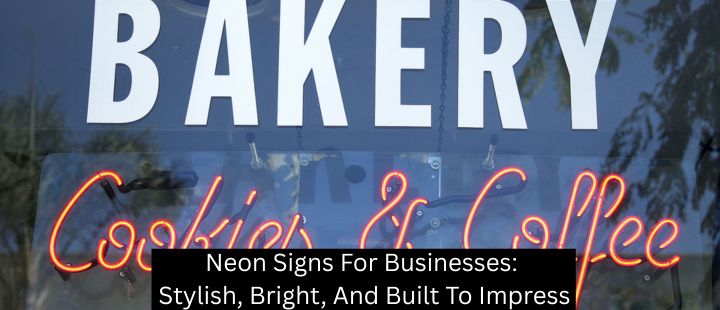In the sign business, accurate estimates and prices are critical to a shop’s success.
If your prices are too low, you’ll struggle to turn a strong profit, even if you’re attracting a larger volume of clients. Moreover, cash-flow problems quickly start to snowball, as your shop finds itself suddenly unable to retain the full-time staff it needs, pay for outsourced production, or buy materials for a big job.
Conversely, if your prices are too high, you’ll quickly find yourself shunned from the business community. Potential clients will look at your inflated prices and think one of two things: you’re either a crook or just completely incompetent. In either case, they’ll steer clear, bringing their business to your competition instead.
Of course, accurate estimates should not come at the expense of expeditious ones. While all clients appreciate fair pricing, few will wait for months while you crunch the numbers.
There are many factors that signmakers need to consider in order to provide fast and accurate estimates, some of which we’ll cover in today’s post. If you finish this article and need more help with your sign shop estimates, be sure to contact the Signworld business alliance at 888-765-7446 with any questions you may have.
Estimating vs. Pricing
First, you need to know the difference between giving a price and an estimate.
Giving an estimate involves looking at a project in detail. Think about the “big picture,” so that you factor in the consultation time, materials, labor, revision work, and delivery logistics to yield a rough idea of what the work will cost.
Pricing, on the other hand, is about giving the customer a precise number as it would appear on an invoice.
Think about pricing as the end result, and estimating as a tool to determine what your product or service will cost. Alternately, you can think of an estimate as a projection of all costs to the company, which is used to calculate the cost to the consumer.
Top-3 Estimation Strategies
The most popular estimation strategy – “guesstimating” – is also the least effective.
“Area-based” estimates are calculated by square footage. This is a great option for simple billboards, sign cabinets, and wide-format graphics. Though fast and effective, this style tends not to work well with more complicated projects whose true costs aren’t reflected in simple square-footage estimates.
“Cost-based estimating” is the preferred option by most sign shops. This approach factors in all costs associated with the project, including materials, labor, overhead, outsourcing expenses, and more. Cost-based estimates are more labor-intensive than the alternatives, but they generally yield fairer pricing for all parties involved.
Keys to Estimating Accurately
For best results, give the following 5 estimation factors the attention they deserve:
- Overhead costs
- Material requirements
- Labor/man-hour calculations
- Sales commission (typically as a percentage)
- Indeterminate costs, such as allowing misprints.
Estimating is a Team Effort
Remember: accurate estimates should involve not only the shop owner, but also the company accountant, production staff, purchaser, sales representative, and client.
To learn more about sign shop estimating and pricing strategies used by the Signworld business alliance, visit https://www.signworld.org to speak with a representative. Our consultations are free – no cost, no commitment – so call 888-765-7446 today.




